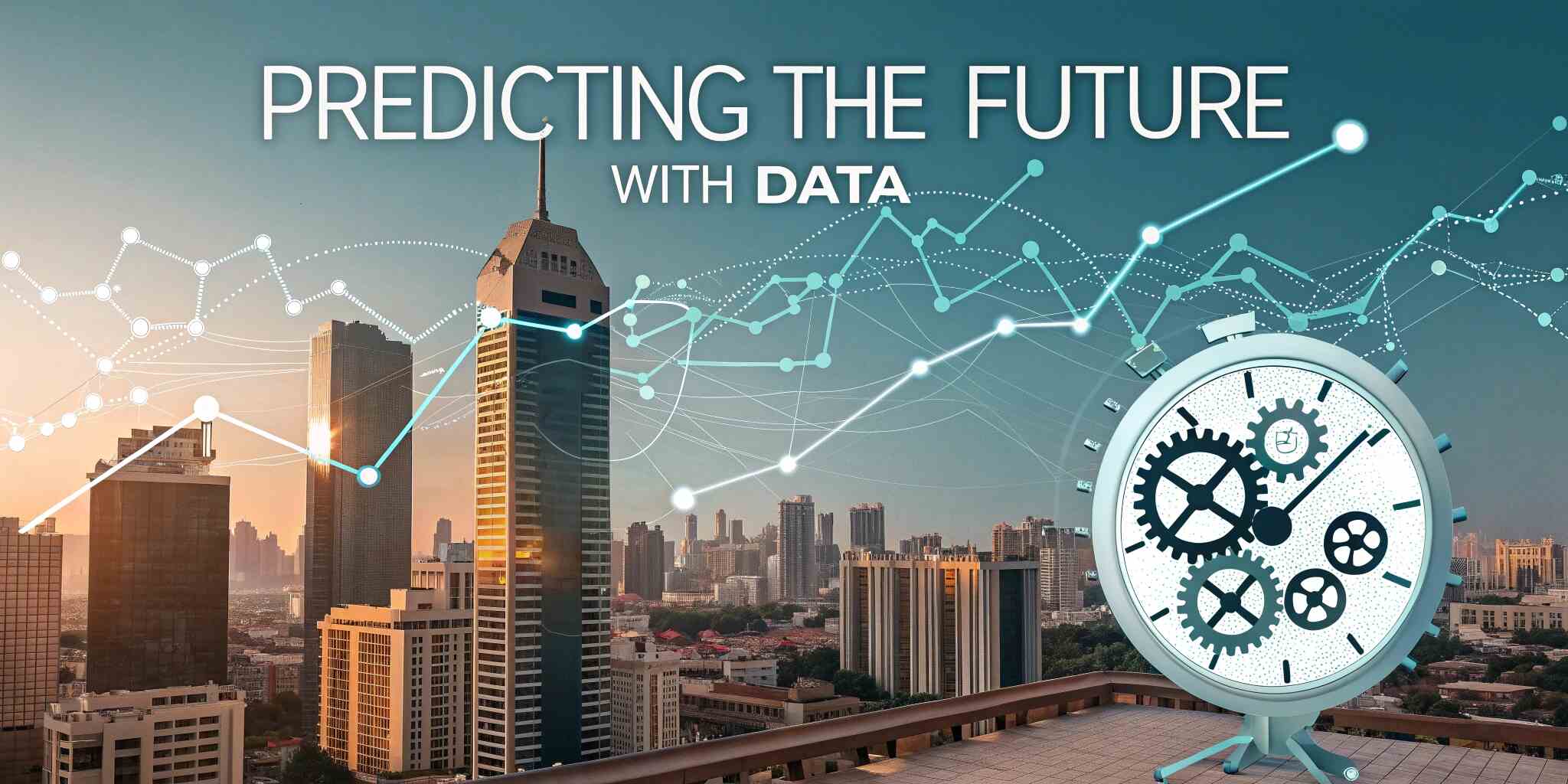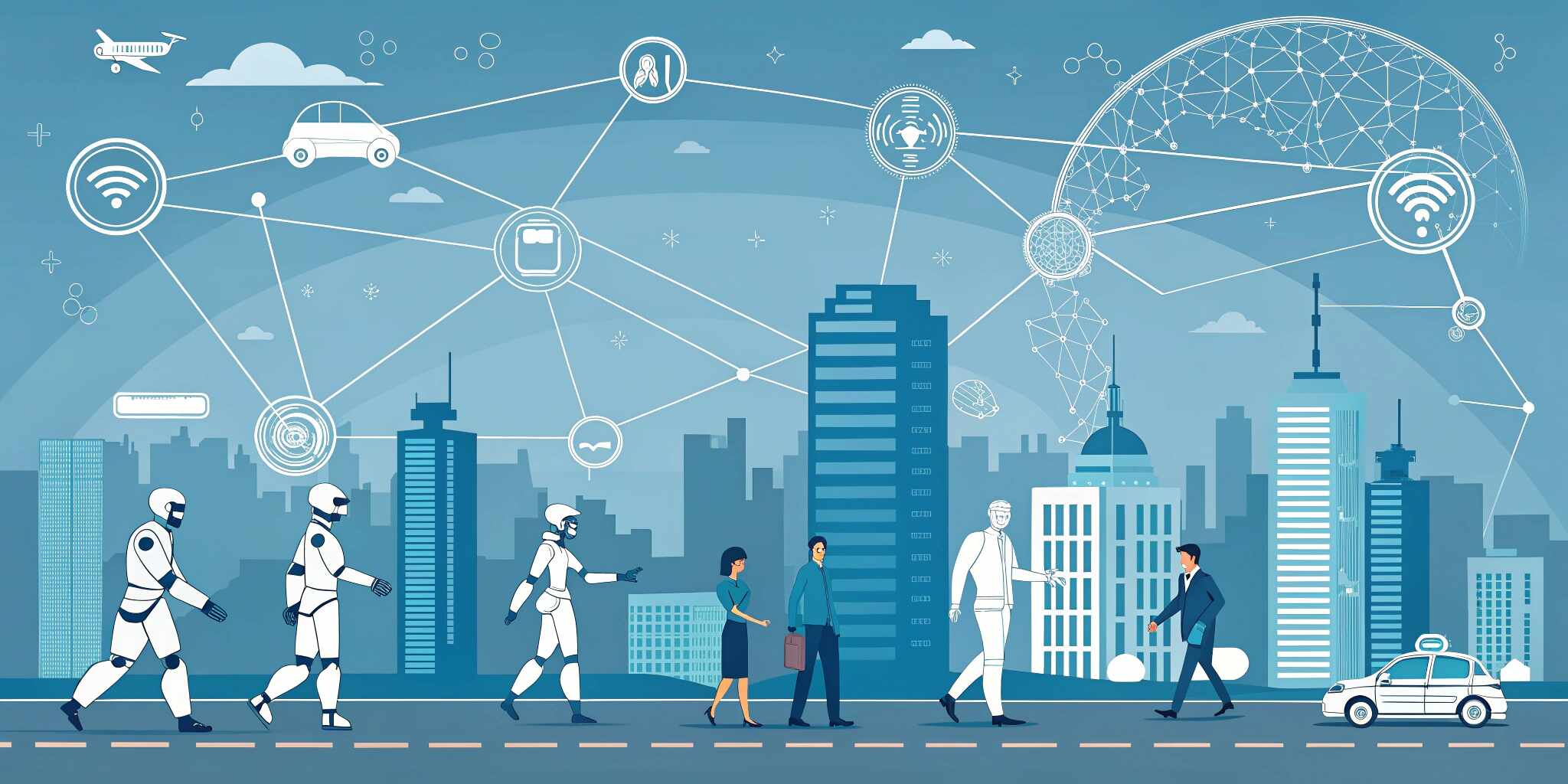Forecasting future trends and behaviors is a critical task across industries. Whether it’s predicting stock prices, energy demand, or sales volumes, organizations rely on time series forecasting to make informed decisions. Machine learning (ML) brings a new level of intelligence to this task by capturing complex patterns in historical time-based data.
What Is Time Series Forecasting?
Time series forecasting involves analyzing data points collected or recorded at specific time intervals (hourly, daily, monthly) to predict future values. The sequence and timing of the data are crucial, making time a key variable.
Traditional statistical models like ARIMA and Exponential Smoothing have long been used for this. However, with the rise of machine learning, more dynamic and scalable solutions are now possible.
Why Use Machine Learning for Time Series?
Machine learning models excel in:
- Capturing non-linear patterns
- Handling large and multidimensional datasets
- Learning from diverse external variables
- Adapting to changing trends
These strengths make ML particularly effective for complex, high-volume, and real-time forecasting needs.
Core Machine Learning Techniques for Time Series Forecasting
- Linear Regression-Based Models
- Useful when the future value depends on past values and trends.
- Decision Trees and Ensemble Methods (Random Forest, XGBoost)
- Handle feature interactions and outliers well.
- Often used in retail and finance applications.
- Support Vector Machines (SVM)
- Suitable for both classification and regression tasks in time series.
- Recurrent Neural Networks (RNN) & LSTMs
- Designed to handle sequential data.
- Ideal for learning long-term dependencies in time sequences.
- Hybrid and Ensemble Models
- Combine traditional models with ML to improve forecast accuracy and stability.
Challenges in Time Series Forecasting with ML
- Seasonality and Trends: Must be modeled effectively for accurate predictions.
- Stationarity: Many algorithms assume data is stationary (constant mean and variance over time).
- Data Quality: Missing values, noise, and outliers can degrade model performance.
- Lag Selection: Choosing the right number of previous time steps to use as input features is critical.
- Real-Time Forecasting: Demands fast, adaptable models capable of updating with new data.
Best Practices
- Use rolling validation instead of random splits to preserve time order.
- Apply feature engineering (e.g., time of day, holiday effects, trends).
- Combine external data such as weather, economic indicators, or event calendars.
- Continuously monitor and update models to keep them relevant.
- Choose evaluation metrics wisely (MAE, RMSE, MAPE) to reflect business needs.
Real-World Applications
- Finance
- Forecasting stock trends, market movements, and credit risks.
- Retail
- Demand forecasting, inventory planning, and sales projections.
- Healthcare
- Monitoring patient vitals, predicting outbreaks or hospital demand.
- Energy & Utilities
- Predicting electricity usage, renewable energy output.
- Transportation
- Traffic flow predictions, logistics planning, and demand for ride-sharing.
Conclusion
Time series forecasting with machine learning transforms static predictions into dynamic, data-driven insights. It empowers industries to stay ahead of trends, respond quickly to change, and make proactive decisions. By leveraging ML models, organizations gain a strategic edge in a fast-moving, time-sensitive world.


